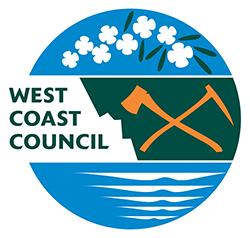Fire Risk Abatement
Under the Local Government Act 1993Council is able to issue abatement notices for fire hazards, for example long grass on residential land. Council's officers assess residential areas during late spring and summer each year to ensure known fire risks are managed to minimise the risk to nearby properties. This includes instances where Council are alerted of perceived fire risks by the public or which are reported by the Tasmania Fire Service. If a fire risk nuisance is determined to exist then an abatement notice is issued under the Local Government Act 1993. Failure to comply with this notice may result in Council taking action to ensure that the property is made safe.
See Fire Abatement FAQs for more detail
Fire Management
Council has a support role to other agencies involved with fire management and fire control as a primary responsibility. These agencies include TFS and Parks & Wildlife who undertake fuel reduction programs across Tasmania. To find out details about planned burns, please contact Parks & Wildlife Service on 1300 827 727.
TFS in conjunction with other agencies prepare various plans for Tasmanian communities to assist in the management and control of fires. There are various levels of planning involved, with some material available for the public and other materials for use by emergency management agencies and personnel. Council can confirm that Community Bushfire Protection Plans have been completed and are available on the TFS website for:
These Community Bushfire Protection Plans provide information for community members to assist with bushfire preparation and survival. Plans include information on nearby safer places, mapping, evacuation routes and emergency information.
Bushfire Response Plans and Bushfire Mitigation Plans are designed to aid emergency management agencies, including West Coast Council, and personnel with specific detailed community assistance identification, public safety priorities, evacuation centre control, infrastructure locations (e.g. water points), resource management and key assets.
West Coast Council through the West Coast Visitor Information Centre also provides information to tourists in emergency situations.
